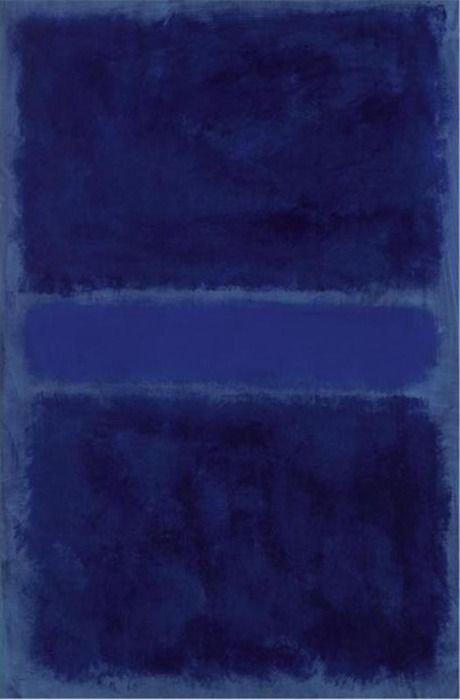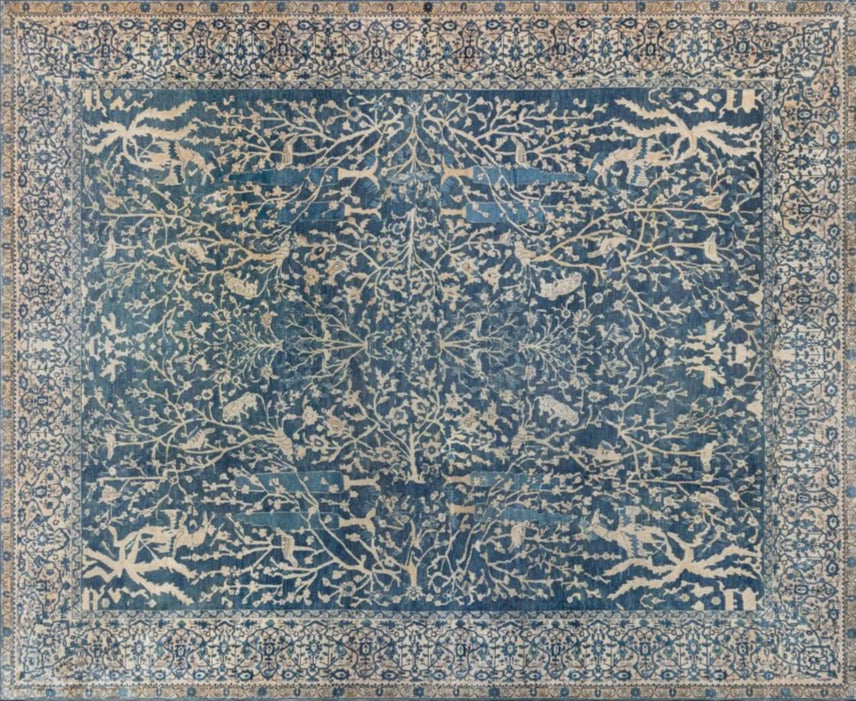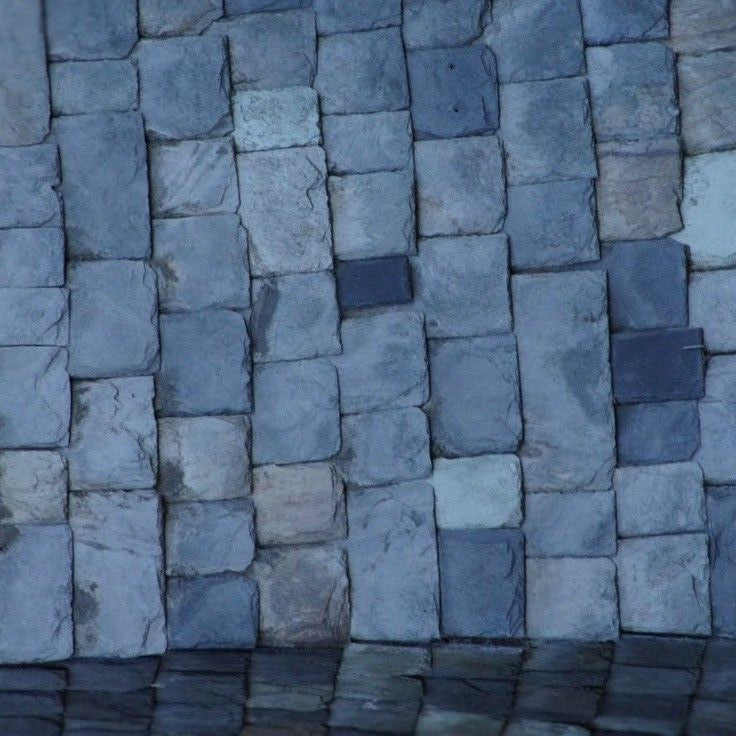Armenian indigo know-how and techniques date back to antiquity. At that time, however, there were only a few varieties of plants in Armenian soil that could produce the deep blue hue of indigo, including Isatis tinctoria. It wasn't until the Middle Ages and the development of the silk routes, on which Armenia held a crossroads position. From then on, the country benefited from the sharing of new knowledge and techniques, mostly from Asia, and was able to introduce new varieties with a deeper blue color, such as Indigofera tinctoria.
In order to maximize their content of Indican, the active ingredient that creates the blue, harvesting must take place between late summer and early autumn, when the plants reach maturity. After being crushed, the leaves were macerated in large vats of water, triggering an enzymatic process that releases the chemical compound responsible for the blue color. 24 hours later, the water turns yellow-green, a sign that the indican has begun its transformation into pigment: indoxyl is extracted, which must now be transformed into indigotine, the final state of the color. To do this, the mixture of leaves and water is beaten to expose it to oxygen, so that it can be filtered; the solid particles resulting from this process are the raw indigo pigments, which are then sun-dried and ground into powder form.

The final step, before indigo can be used to dye beautiful fabrics, is its transformation into a dye bath. Mixed in an alkaline bath of lime and ash, the solution is transformed into a soluble state. The fibers, whether wool, cotton or linen, are then prepared for dyeing by washing and treating the textile in a hot, soapy water base. Once ready, the fibers are delicately placed in the dye bath, which must meet precise criteria: stable temperature, between 30 and 50 degrees Celsius, sufficiently concentrated indigo to reveal the desired color. After a few minutes' immersion, the fabric is removed from the bath to fix and stabilize the color. Exposure to the open air, away from direct light, and rinsing of the fabric, will give it its final color and a deep blue hue.


Used for the sublimation of fabrics and garments, as well as the famous Armenian carpets, indigo dyeing has stood the test of time, only to be gradually replaced by industrial techniques and synthetic molecules. Nevertheless, it has been one of the pillars of the reputation of Armenian know-how throughout the world, and a source of symbolism for the Armenian people, who saw in this color the symbolization of the divine and celestial.

